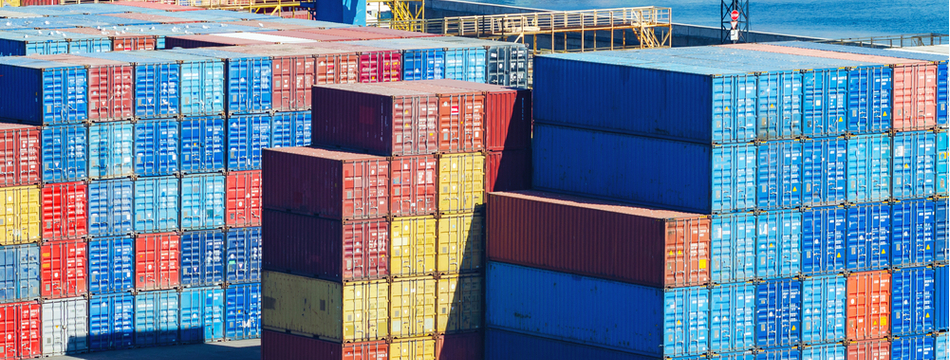Chinese production has resumed since a drastic Coronavirus-linked lockdown in January/February choked global supply chains, but businesses continue to be buffeted by the fallout.
Supply chain issues now being experienced, especially by SMEs, include the following:
- An ocean and air freight capacity crunch caused by a lack of flights and, for ocean freight, container imbalances.
- An increase in freight rates
- Last-mile delivery demands, such as contactless and same-day delivery
- The need to quickly adjust outbound supply chains to a significant increase in online purchasing.
Despite surveys showing that some 43 percent of SMEs in the US have closed their doors and that more than 50 percent of small businesses have recorded “severe” revenue losses, the news is not all grim.
The IMF predicts that the global economy will rebound significantly in 2021. Those companies which have built resilience into their supply chains are expected to flourish.
We all know that SMEs have been badly hit by disruptions caused by the COVID-19 pandemic. But it’s only when we start taking a closer look at the statistics that we get a better picture of just how dire the situation is for small business owners.
Many of their woes have been caused by continuing supply chain problems, which we will highlight later in this article.
Just How Bad is it for Small Businesses?
The Organisation for Economic Co-operation and Development (OECD) has tracked the results of 40 independent surveys on the impact of the pandemic on SMEs carried out in various countries between March and May, 2020.
The OECD’s analysis makes for sober reading. Here are a few highlights, or rather, lowlights:
- In one survey, 43 percent of responding businesses said they had closed their doors—some temporarily, others for good.
- More than 50 percent of SMEs around the world are experiencing “severe” loss of revenue.
- One-third of SMEs fear they will be out business within a month.
How Supply Chains are Still Being Disrupted
In the first quarter of 2020, global supply chains were being hammered, essentially due to an abrupt choking of product from China, the world’s factory, which went into lockdown after COVID-19 erupted in Wuhan city and then raced across the country.
In the second quarter of 2020, products began moving from China again but other factors affected the supply chains of SMEs, and are likely to do so for some time to come. These include:
- An ocean and air freight capacity crunch caused by lack of flights and, for ocean freight, container imbalances. McKinsey estimates that demand for air cargo will fall by 14 percent in the second quarter of 2020 and will not rebound until around mid-2022. It says the demand drop for ocean transport will be about the same size, though the recovery may take slightly longer.
- This dip in freight volumes is impacting revenues as carriers have slashed the number of flights and sailings, causing freight rates to rise, adding to supply chain costs and reducing business profitability.
- Last-mile delivery issues have surfaced, such as the need to adjust to contactless delivery, same-day shipping, and consumer expectations of instant delivery.
- The need has arisen to quickly adjust outbound supply chains to a vast increase in online purchasing, which, for example, grew by 76 percent in June, year-on-year, in the US.
- The pandemic has seen home delivery shift from being a convenience to a necessity, which in turn has caused customer service issues, mainly linked to delivery delays and product shortages.
- Supply disruptions associated with quarantines continue to ripple through the global economy, negatively affecting manufacturing worldwide. This disruption is compounded by a decline in consumer demand.
- A reduction in the supply of labour due to lockdowns and quarantines, workers falling ill, schools closing and parents having to stay home to look after their children, and restrictions on movement.
The News is not all Grim…
While the International Monetary Fund, in its most recent World Economic Outlook Update, predicts that the global economy will shrink by 4.9 percent in 2020, it projects a recovery in 2021, with growth forecast at 5.4 percent.
Those SMEs which have used the lockdowns to build resilience into their supply chains are likely to flourish when the rebound comes. It is not too late to take steps to make your supply chain more resilient, as we explain in another post on this site. If you’d like some help to do so, please feel free to get in touch with the experts at Dawson consulting. We can help you to weather the storm, and to prepare for the expected post-pandemic rush to regain market share and profitability.








